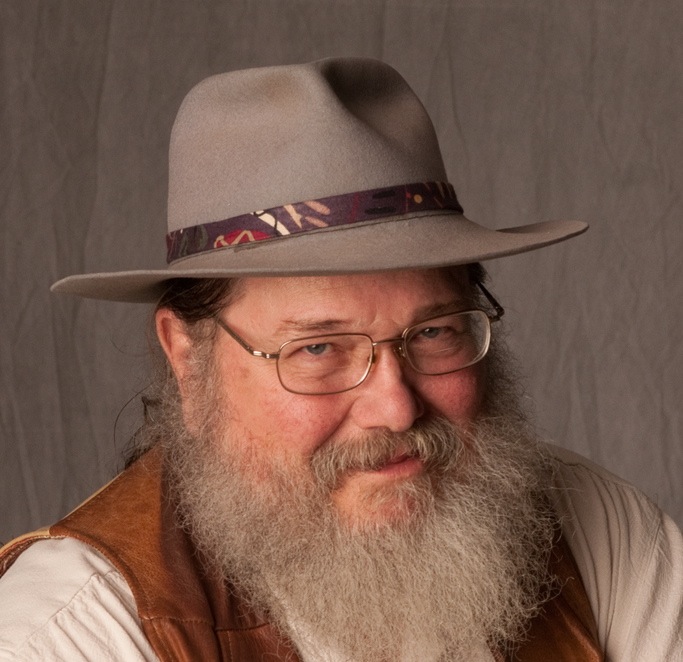
We sit around a desert fire; a few hardened sticks of ironwood are yielding a small steady flame and little smoke. The calm waters of the Sea of Cortez a few yards away are murmuring companionably. Orion has just careened from behind the shadow of El Morro and he flashes his Concho belt against the black velvet sky. A young coyote yips “I been to Austin” and the camp dogs are off like a shot to a distant place up the arroyo where their muffled barking breaks against the night like surf. We bask beneath the stars. The conversation turns to dreams. Shonto admits he often finds himself crossing dangerous country in his dreams, looking for safe footing as he follows a dim trail. Christine says, “If I wake up, I can go back to sleep and pick right up where I left off.” I’m not sure I believe her. Someone mentions flying in their dreams. My few experiences of flying in a dream were so precious I would give anything to repeat them.
Sixty years have gone, but I vividly recall one flight. It was night time. I leaned forward and leapt from the brow of a little limestone hill in the neighborhood and soared out across the flower-speckled prairie just clearing windmills and live oak trees as I flashed my moon shadow over peacefully grazing cattle. I adjusted the angle of my hands, just like I’d practiced so many times in the slipstream of daddy’s pickup window and my body rose and fell in concert with my intent. With the wind in my face I followed familiar trails until they crossed forbidden fences into terra incognito. It was intoxicating. I may have wet the bed but it was worth it. I’ve never felt that powerful since.
We discuss the absence of fishing boats out on the inky blackness of the gulf. The upper gulf has long been closed to gillnet fishing to protect the tutuava, a member of the drum family that reaches 5 feet in length and attains a weight of 300 pounds, but enforcement has been lax. In past years I’ve counted the lights of 50 or 60 big trawlers scraping the muddy sea bed clean as they snagged shrimp, fish, rocks and vegetation. The fishery at San Felipe was established in the ’20s by hardy souls who walked 500 miles along the coast from Guaymas and fashioned boats from branches covered with the skins of their main quarry, the tutuava. These monsters came into the shallow water in numberless swarms to spawn and were easily harvested. Their bladders were removed and dried for sale to China where they were prized for their culinary and medicinal value. The flesh of the fish was discarded in piles to rot on the beach. A brisk underground trade is still conducted in the smuggling of the bladders which can sell for $10,000–$14,000 per kilo. It’s no surprise that the drug cartels are involved.
The stepped up enforcement is a last ditch effort to save the vaquita, the “little cow,” a 4-foot-long porpoise that lives only in the headwaters of the Gulf of California. The best estimates are that less than 100 of these tiny snubnosed cetaceans remain. No one really wants to catch them, they are just especially vulnerable to the use of gillnets. The Mexican government has invested substantial money in replacing fishermen’s gillnets with safer ones and moving some fishermen into tourism-based jobs, but things are probably moving too slowly to save these shy dolphins from extinction.
I’ve been making the journey between northern Arizona and the Sea of Cortez for 35 years to trade snow for sunshine and mountain breezes for salt spray. I’ll bet if you had the right perspective you could trace the old trade trails from the high Hopi mesas where they congregate like braided rivulets in a monsoon rain, joining with paths from the Havasupai and Navajo country to trace a 500 mile journey south to the shining waters of the Gulf of California. There is a reintroduction program underway for the California condor in the rugged mountains west of Mexicali. Recently a radio-tagged bird was tracked as it flew the 130 miles down to San Felipe. I picture one of the Grand Canyon flocks catching a thermal south. Wherever the Sonoran landscape was exposed and free of obscuring vegetation, it would pick up the lighter tracing across the dark background of the desert varnish and recognize the erosion pattern of a straight line where there should be none. He would pass over dark green cienegas, lush with palms that hung like jewels along the trail and spelled survival in that expanse of arid sand and stone. When he spots the thin slice of blue on the horizon that is ocean, he notices there is no more waver in the path but an arrow’s flight that leads to seas edge and a feast.
The ocean trader brought small miracles north to exchange with the Hopi and Navajo—Conch shells that would tremble in your hand and bell like a bull elk in rut, clicking bracelets of clamshells honed to the thinness of a new moon and red, blue and yellow feathers from macaws and parakeets. In exchange he might receive turquoise sky stones and black obsidian, strange melons and fruits that were a welcome change from a diet of fish and clams. This traveler may well have been the hunchback flute player Kokopelli exchanging a palm shadow/dolphin infused flute concerto for green corn tamales and stuffed squash blossoms.
The stars spin above, Shonto pokes the dying fire and I listen to the darkness for the sound of plump mermaids splashing in the shallow waters and a distant flute playing a song of timeless mysteries.

